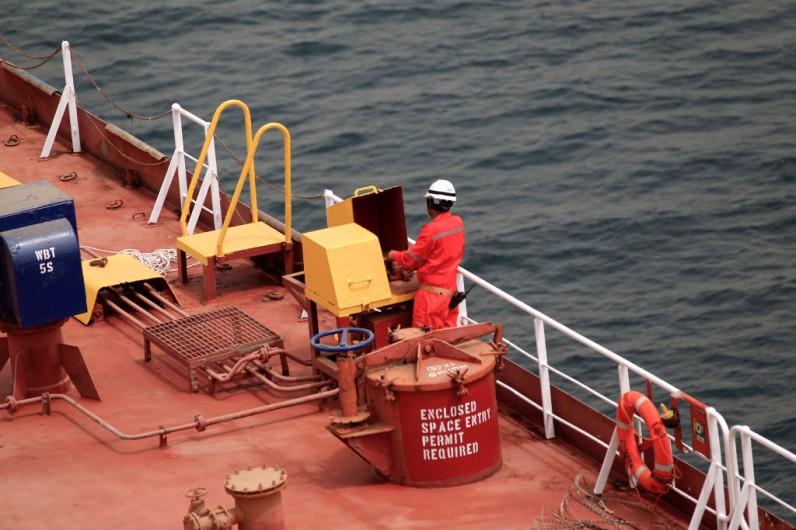
Oil prices fluctuated as traders sought clarity amid geopolitical tensions in the Middle East and ahead of an upcoming OPEC+ meeting. Unfortunately, another ship attack on the Red Sea further worsened the uncertainty, leading to a renewed geopolitical risk premium for crude, per Bloomberg News.
Despite tensions and output cuts by OPEC+ nations, crude prices remained relatively stable due to abundant supplies outside the alliance.
During an online meeting on Sunday, the producers' group is expected to extend production curbs into the second half of 2024, supporting prices.
However, concerns loom over a darkening demand outlook in China, where factors like weakening factory strength and a housing market downturn have led to reduced consumption of key materials.
Additionally, the U.S. Federal Reserve's restrictive policy stance and the possibility of further interest rate hikes have contributed to the volatility in oil prices, compounded by a strong dollar.
Oil Prices in the Following Weeks
Oil prices fluctuate, and considering OPEC+'s future decisions, it is challenging to predict whether they will rise or decline definitively.
While factors like supply disruptions and production cuts typically lead to higher prices, others, such as ample supplies outside of OPEC+ and weakening demand in key markets like China, may exert downward pressure on prices.
As of May 19, VCPost reported that oil prices are still expected to increase this summer with an average of $3.70 per gallon.







Join the Conversation